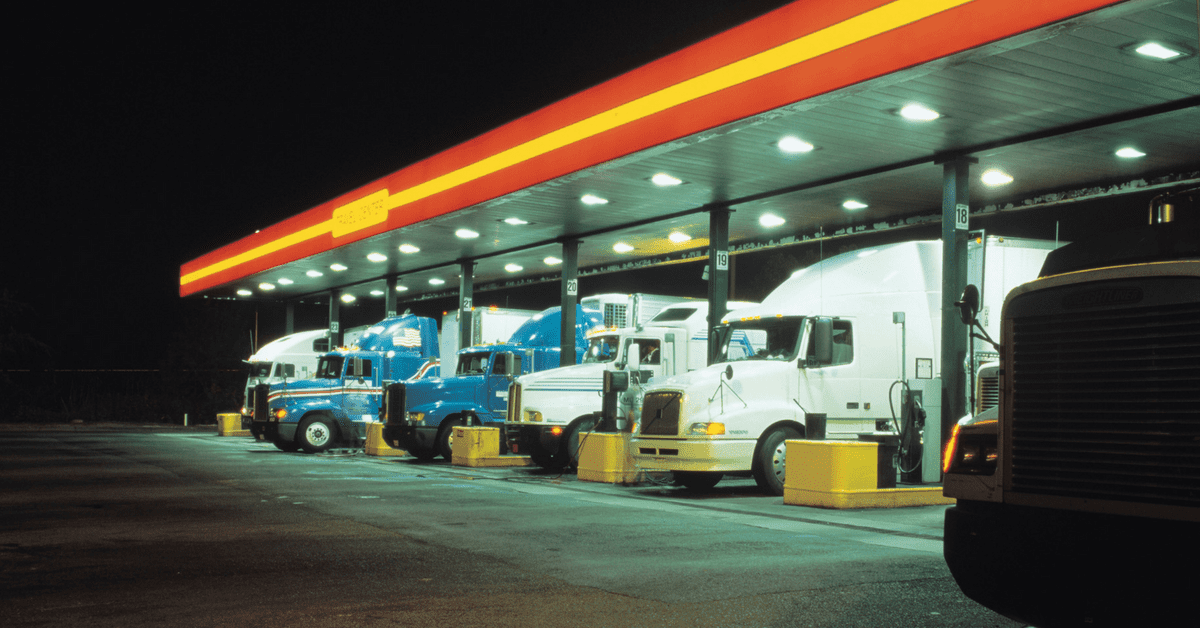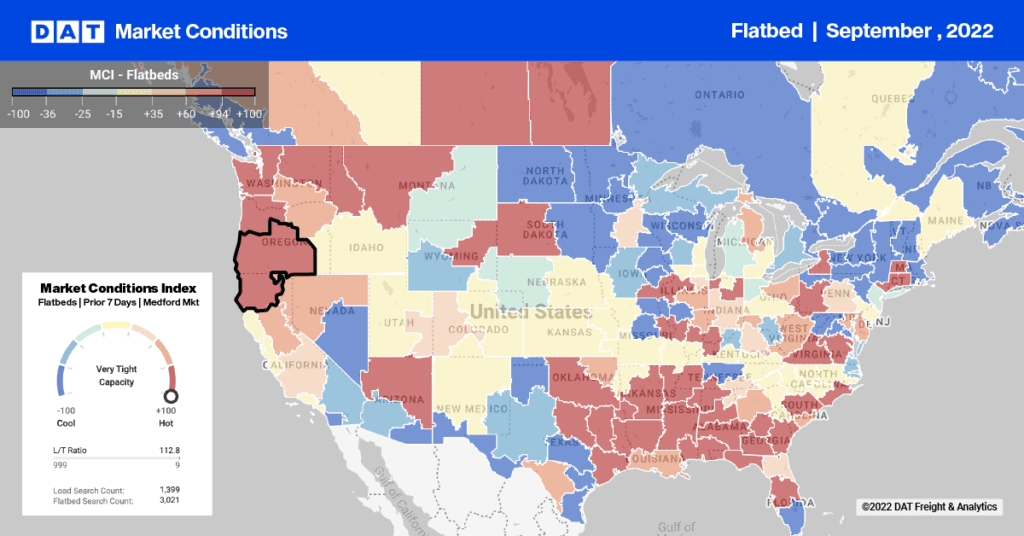Even though it’s rarely even mentioned in a broker’s rate confirmation, the fuel surcharge has a big impact on truckload freight rates.
Fuel surcharges were invented in the 1970s, when an oil embargo by Arab countries caused shortages and skyrocketing prices at the pump. “Skyrocketing” is a relative term. Prices went from 38¢ per gallon in 1973 to 53¢ in 1974, then hit $1.19 per gallon in 1980. That’s for regular leaded gasoline, as reported by the U.S. Energy Information Agency. Carriers needed a cushion, but rates were regulated by the government, so an adjustable fuel surcharge was added to carrier rates.

Fast forward to 2018. Diesel prices are up to $3.24 per gallon, and today’s fuel surcharge would have almost covered the full cost of a gallon of gas in the early ’70s. So why is it still relevant?
The surcharge works pretty well for large fleets. They negotiate with shippers, and set rates for six months or a year at a time, based on the line haul amount. The fuel surcharge is calculated separately, and then it’s added to the freight bill for each haul, depending on the price of diesel at the time of pickup or delivery. Fuel prices tend to change over the term of the contract, and so does the surcharge.
Spot market rates are typically quoted for a single job, so there’s no need to adjust the rate every time there’s a change in the price of diesel. That’s one reason the freight broker doesn’t break the fuel surcharge out from the total rate in the rate agreement.
At DAT, when we analyze spot market rate and contract rate trends side by side, we usually deduct an average fuel surcharge from the spot market rate. That way, we can compare the resulting spot market line haul rate to the actual contract line haul rate on an apples-to-apples basis.
Here’s how we calculate the fuel surcharge at DAT:
Baseline fuel price, or peg, as a starting point – $1.25 per gallon (That’s a common standard, probably based on the cost of fuel in the 1980s.)
Current national average diesel price – this week, it’s $3.24 per gallon
Average fuel mileage (using low numbers to account for miles driven empty)
-
- Van, at 6.0 miles per gallon
- Reefer, at 5.5 miles per gallon
- Flatbed, at 5.0 miles per gallon
Fuel surcharge = Diesel price – $1.25, divided by the mileage
-
- Van FSC = ($3.24 – $1.25) / 6.0 = 33¢ per mile
- Reefer FSC = ($3.24 – $1.25) / 5.5 = 36¢ per mile
- Flatbed FSC = ($3.24 – $1.25) / 5.0 = 40¢ per mile
Fuel efficiency is key. If your truck gets between 6 and 7 miles to the gallon, instead of 5 to 6, the surcharge could cover all of your fuel costs, including that $1.25 baseline price.
Timing is important. If the price of fuel is rising quickly, the carrier is at a disadvantage. You’re getting a surcharge based on today’s fuel price, but you don’t get paid until 30 days from now. By then, it costs more to refill your tank. That’s one reason why a lot of small trucking companies have such a hard time when fuel prices shoot up. Factoring for trucking and quick pay programs tend to be popular when fuel is expensive. Fuel cards can also help carriers to manage rising costs.


